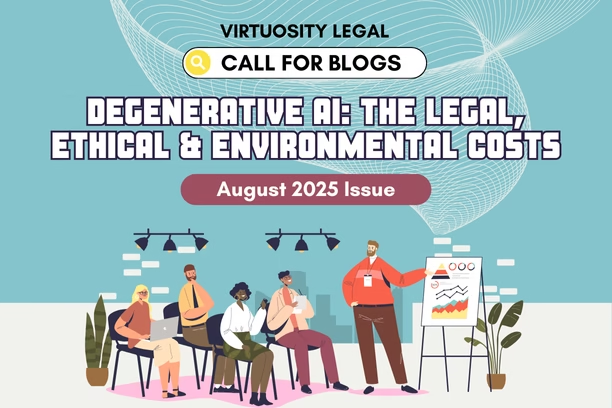August 2025 Issue
-

Recalibrating India’s Insolvency And Bankruptcy Regime | Dr. Parineeta Goswami writes
The Insolvency and Bankruptcy Code, 2016 (“IBC”) is widely hailed as one of the most transformative economic legislations of modern India. Designed to consolidate fragmented insolvency laws into a unified framework, it sought to ensure time-bound resolution of distressed assets, maximize value for creditors, and improve the ease of doing business.[i]Nearly a decade later, the…
-

Maternity Benefits at the Crossroads: Gender, Class, and Informality in India’s Labour Regime
The Indian Supreme Court has recently made two important rulings, K. Umadevi v. Government of Tamil Nadu[i] and Dr. Kavita Yadav v. The State[ii]. These decisions have significantly changed the legal framework regarding reproductive rights and maternity benefits in India. Instead of focusing only on employment, these rulings place maternity rights within a wider constitutional…
-

Algorithmic Bias And The Quest For Equal Justice In India
Artificial intelligence is also making inroads into India’s justice delivery system. Courts are looking at digital tools to help manage cases, predict outcomes, and even make decisions. The Supreme Court of India spearheaded projects such as SUPACE (Supreme Court Portal for Assistance in Courts Efficiency) to aid judges in legal research and sorting precedents, and…
-

Streamlining Crime Reporting with Digital Signatures: A Modern Approach
The Bharatiya Nagarik Suraksha Sanhita (hereinafter referred to as BNSS) has introduced a transformative feature in the criminal justice system by enabling e-FIRs, which allow individuals to report crimes online. This digital approach makes it much easier and faster for people to file complaints, offering significant improvements in accessibility. Victims no longer need to physically…
-

Incarceration And Parity: A Comparitive Study On Rights Of Women Convicts
In India, women have been given a position of honor and admiration in the society. The Constitution of India recognizes equality towards women in all facet of their life. The State has an obligation towards safeguarding the basic human rights enjoyed by a woman and to ensure that the essentials of various International Conventions with…
-

Greening the Machines: The Environmental Footprint of Generative Artificial Intelligence
Artificial Intelligence popularly known as AI is the new thing in our world. The Trend, The Buzz Word, The new tag line for technological advancement. Generative AI has become the new social media trend. The internet is filled with AI generated literature, images and even AI generated songs. The latest “Studio Ghibli” trend is the…
-

Regulatory Camouflage: How India’s Legislative Framework Enable Cyber Crime Against the Vulnerable
Abstract Contemporary legislative frameworks, which intend to provide safeguards but continue to be ineffective in addressing the contemporary threats, including deepfakes, biometric spoofing, and AI impersonation, even though there is the presence of the Information Technology Act, 2000 and the Act on DPDP, 2023. This Article examines how these frameworks fail to be effective and…
-

Bodily Autonomy vs. State Control: Rethinking Abortion Rights in India
In September 2022, the Supreme Court in X v. Principal Secretary, Health & Family Welfare Department[i] held that unmarried women are entitled to terminate pregnancies up to 24 weeks under the Medical Termination of Pregnancy Act, 1971[ii] (“MTP Act”), recognising that marital status cannot dictate access to abortion services. The judgment was hailed as a…
-

Carceral Justice And Conjugal Rights: Addressing The Systemic Neglect Of Women Prisoners
Marriage has been upheld since time immemorial as the primary social institution, with conjugal rights forming its foundation. These rights, consisting of emotional companionship, cohabitation, and procreation, are considered key to the sanctity of marriage. But then arises the question as to whether the conjugal rights exist within the four walls of a prison cell.…

